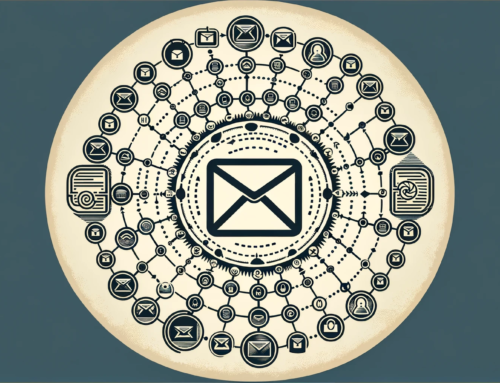Self Sovereign Identity Explainer – Introduction to the World of SSI
We at DIDAS are committed to establishing and promoting a viable and thriving self-sovereign identity ecosystem.
We are convinced that this identity-centric approach will enable a fundamental change in how social, public and business areas interact and work together in the future. This change will underpin the values of our country and lead to greater data sovereignty and better data protection for each individual.
Our goal is to overcome complex, systematic and multifaceted challenges in the design of services and to enable more seamless digital processes & experiences. With this presentation (in German) we start the journey and want to:
- Offer a broader audience access to functionality and developments relating to the topic of self-sovereign identity – comprehensive and interdisciplinary.
- Give interested parties the opportunity to deal with the topic in a simple, understandable and technology-agnostic manner and to develop an understanding of the effects and potentials of digitisation.
- Show citizens the advantages compared to other approaches so that they can follow discussions relating to digital identity (e.g. E-ID) and form an opinion.
- Provide decision-makers with a memorable summary of the most important principles, international opinions and relevant take-aways.
The Self Sovereign Identity Explainer (in German) is the basis for the future discussions and in-depth learning. It briefly introduces the development history of digital identity and roughly describes the different phases of identity in the Internet age.
In order to gain a better understanding of how a digital identity should be designed and the principles according to which it should be realized, we briefly deal with the characteristics and complexity of an identity. Derived from this understanding, we summarise the most important SSI principles (WEF, Christopher Allen, Sovrin principles) in an easy to understand way and thus formulate our DIDAS Good Practices.
These good practices will help us in the future to better classify and evaluate technological developments, legal and regulatory requirements and economic conditions. Building on the preceding explanations, we reflect on the functionality of the peer-to-peer approach and show the importance of a governance framework – it is actually the interplay of “Human Trust” and “Cryptographic Trust” that enables a functioning ecosystem that is accepted by all parties. We conclude the Self Sovereign Identity Explainer with a short presentation of the benefits and show how SSI pays off for the parties involved.
We wish all readers a fruitful examination of the world of Self Sovereign Identity and we would be pleased if we can win you over to this exciting and promising topic.


